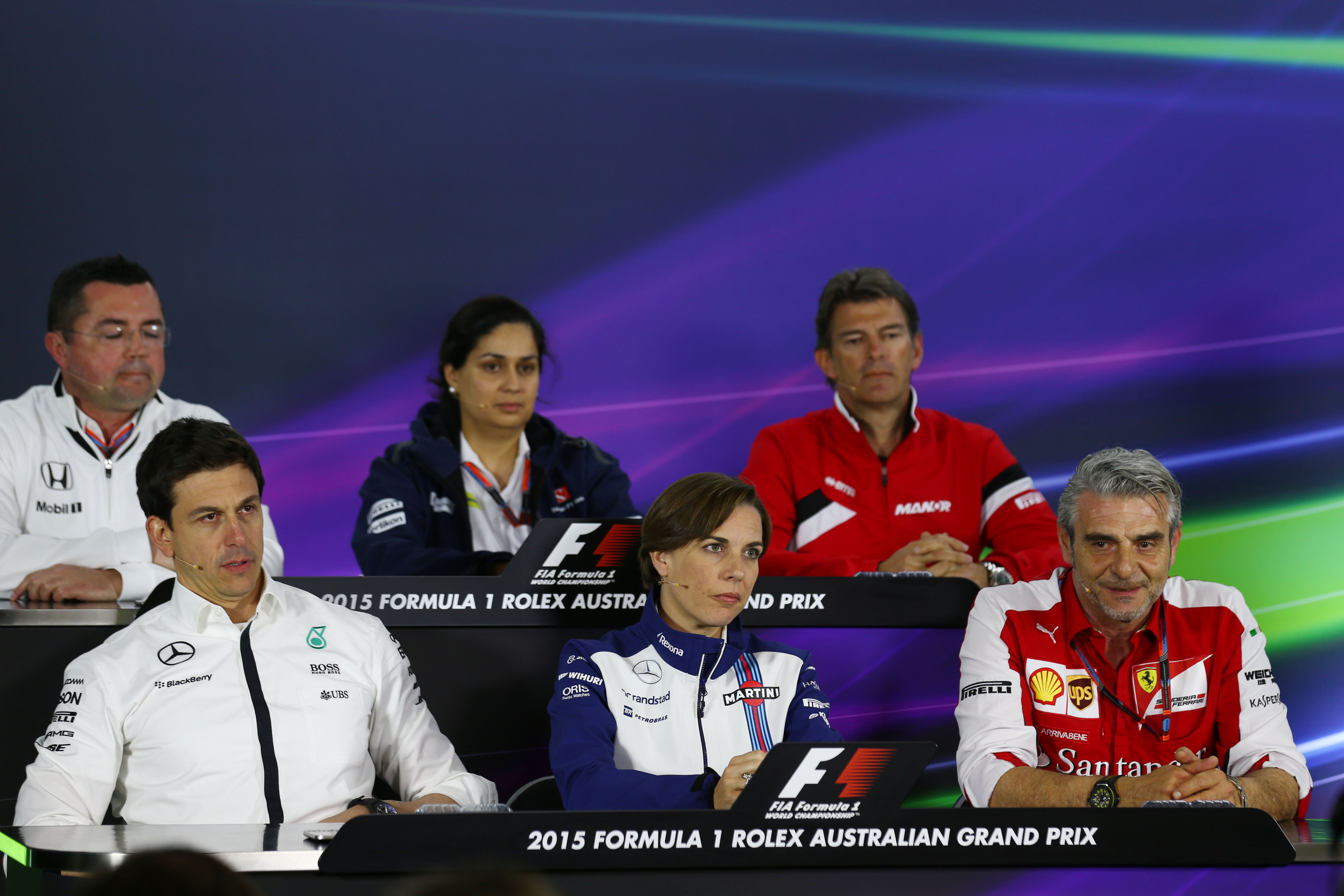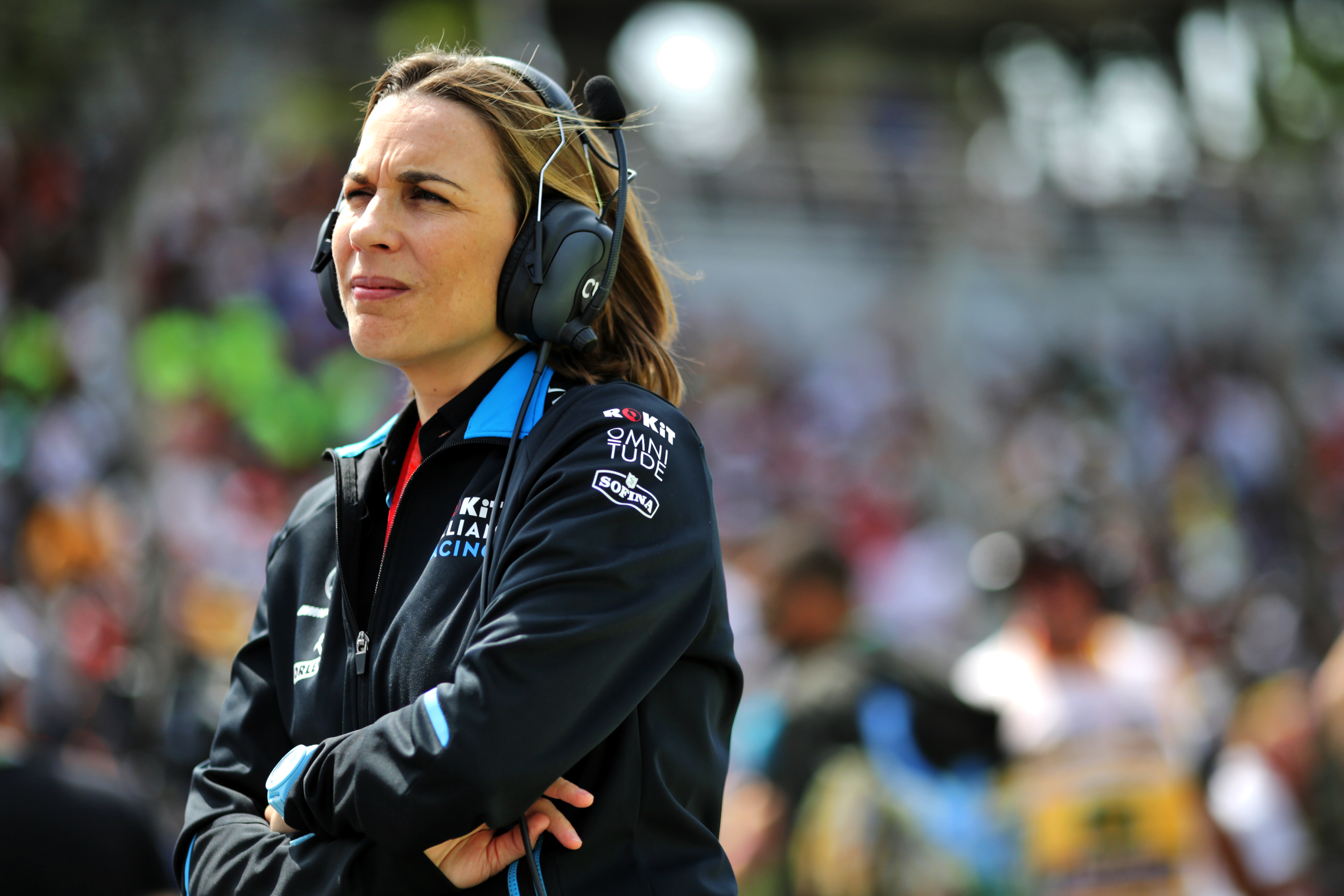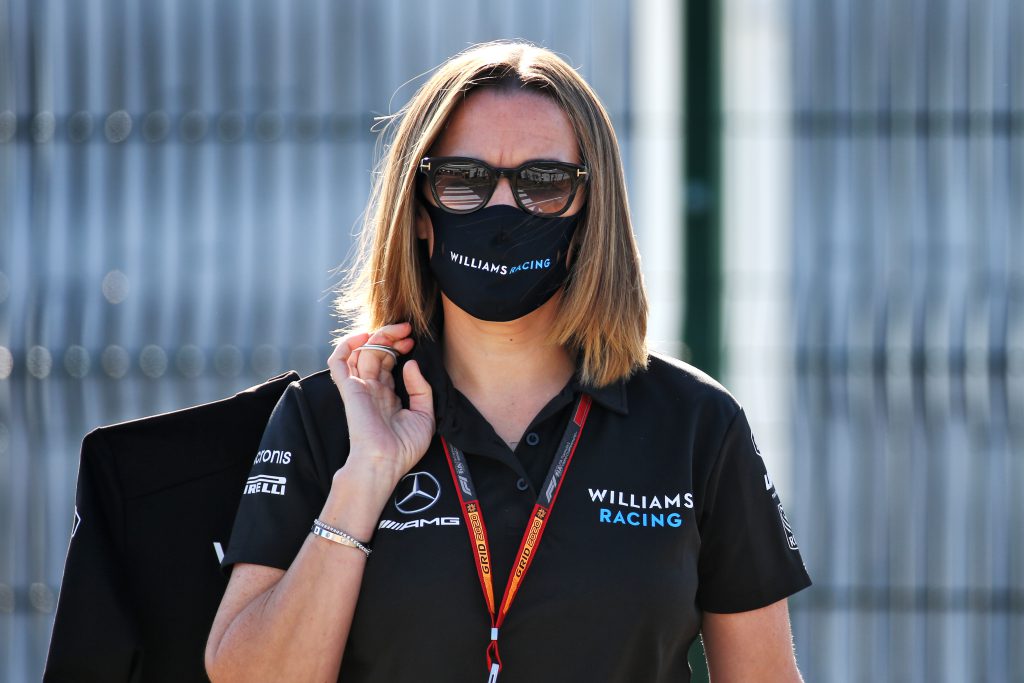Up Next

Thursday’s news that the Williams family will depart Formula 1 has been met with understandable sadness from those lamenting the loss of a final tangible link back to the good old days.
The Williams F1 team is one of incredible heritage and it’s an intrinsic thread to the tapestry of motorsport history. For the last seven years, it has also been led by a woman – who has shouldered the responsibility of the fight to keep F1’s last true independent team alive.
And now Claire Williams’s departure from her role as deputy team principal at the end of this coming Italian Grand Prix weekend means that F1 has lost something it can’t afford to lose.
The legend of Williams Grand Prix Engineering has been committed to folklore, regardless of what happens next with Dorilton Capital at the helm – nothing will change the fact that it will live long in the memory of any F1 fan.
But when will an F1 team be led by a woman again?
Nine months into the tumult of 2020, there’s no need to talk again about the importance of representation and what it means to those that strive to achieve it, to see themselves reflected back from a place they admire and aspire to be.
Whether it was predestined by birthright or not: Claire Williams’s place at the top of one of F1’s most prestigious teams has demonstrated that, yes, women can run an F1 team too and can hold their own in a world that isn’t built with women in mind.
Williams’ exit comes just over three years after the departure of Sauber team boss Monisha Kaltenborn. And now, with Williams gone, so too has that little flicker of representation – and who knows when it might come back again.

The gravity of that might be inconsequential to some, but as a woman working in motorsport – which so often feels like some sort of contest to go above and beyond to prove your worth – it is Claire’s departure from the paddock that struck me as the saddest part of this ending to the Williams story.
Over the course of the last seven years, Claire Williams has led the Williams F1 team through its stormiest period. She has been the public face, been key to the major decisions taken by the team and most recently she has played a main role in negotiating the terms of the new Concorde Agreement.
Outside of F1, she has leaned her support to initiatives such as Susie Wolff’s Dare to be Different – as well as attending the inaugural W Series race at Hockenheim last year, before publicly admitting her initial misgivings about the validity of the series were unfounded.
In recent years – perhaps as a result of female leadership, perhaps not – the Williams F1 team has looked certain to be the team to finally give a long-awaited female driver an F1 chance. First, it could have been Wolff, and now reigning W Series champion Jamie Chadwick is signed as a development driver for the team.
It’s unfortunate that the team’s miserable fall from grace has coincided with Williams’s spearheading of the team, if only for the vindication that it gives to sexist corners of the internet that this could have all been avoided if only for a man’s stewardship. It’s unfortunate that as the team heads in a new direction – hopefully toward a secure and successful F1 future deserving of its heritage – that it will come only after Williams has gone.
That is not to say that the hard facts of Williams’s leadership should be above scrutiny – anything less would be tokenism, which achieves nothing for anybody. Williams’s role in the last seven years should be assessed through the same lens as any male counterpart.

But the uncomfortable truth remains that it seems unlikely (though I would be delighted to be proved wrong) that the next person to sit in the team principal slot on the Williams pitwall will be a woman.
And in the current moment, if you think across the expanse of top-level motorsport, you would be hard-pressed to find another woman in such a leadership position. There’s Wolff at Venturi in Formula E and Catherine Bond Muir at W Series… but that’s about it.
Like with the lack of female racing drivers, because of a fundamental shortage of young girls getting into go-karting, a similar drought of women in leadership positions is a product of the world F1 operates in. Seeing is believing, believing is breaking through a glass ceiling.
Put simply: there are six other Toto Wolffs, Mattia Binottos and Christian Horners, there is no other Claire Williams.






